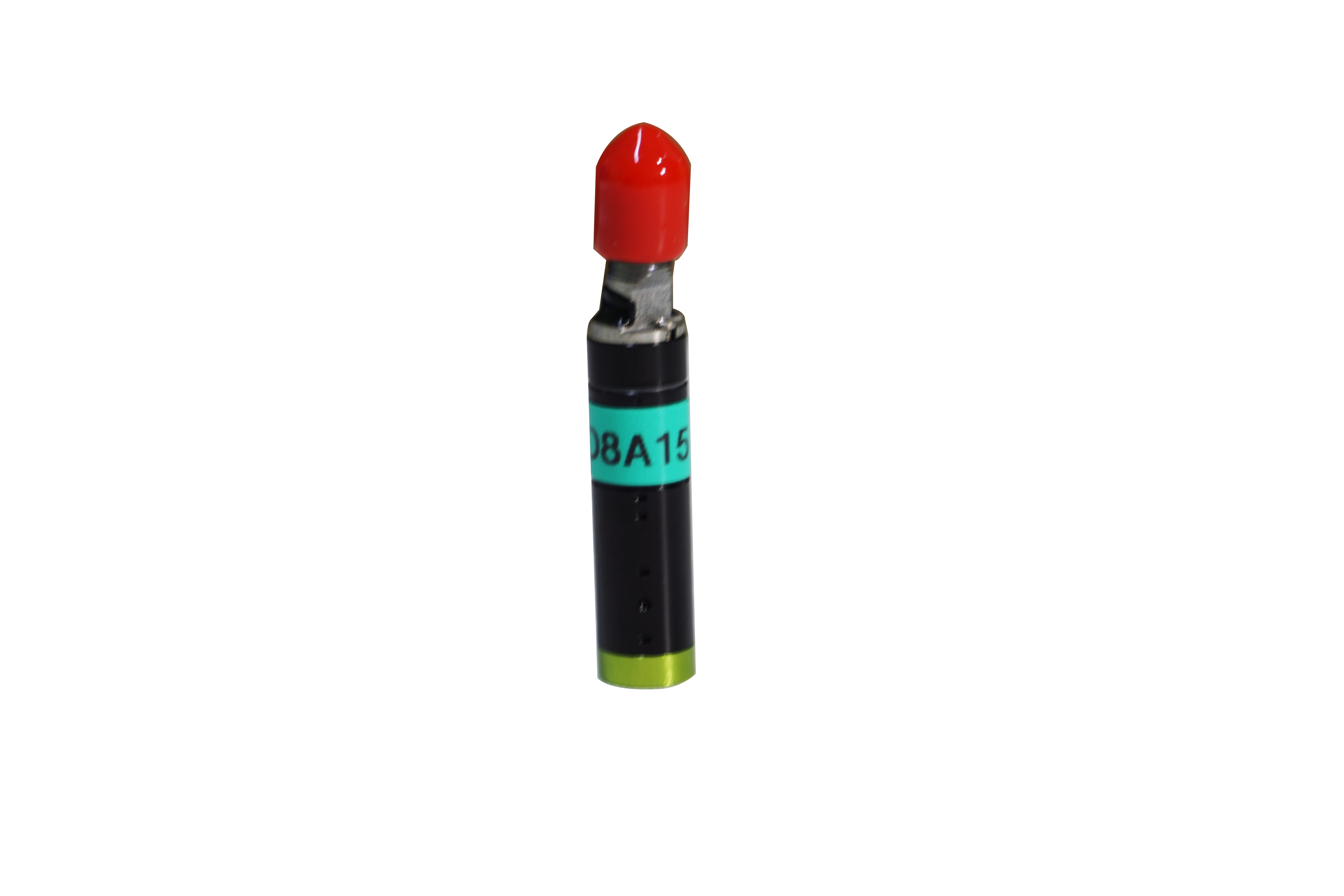2022-10-13
With the development of the laser industry, laser ranging sensors in a wide range of industrial applications, laser ranging sensors fully use industry standards design, production and detection, laser has strong directivity, high brightness advantages, now more and more industries continue to update and search laser ranging sensor models, hoping to order high resolution, high measurement accuracy of ranging sensors. Today, Shenzhen Liyi Technology manufacturers introduce the application of laser ranging sensors in the measurement of the limits of buildings:

1. It has little to do with the reflectivity of the measured object.
Many people are concerned about whether the use of laser ranging sensors to measure the boundaries of buildings will be affected by reflectivity. In fact, this ranging sensor has a very small relationship with the reflectivity of the measured object, even rough building walls and high reflectivity building walls will not have a great impact. The light pulse signal received by the built-in optical sensor is not affected by the reflectivity.
2, high measurement accuracy, large range.
It is reported that in recent years, the application of laser ranging sensors in building boundary measurement operations has frequently appeared. Because the laser ranging sensor can use the laser diode to emit laser pulses to the building limit, and use the light scattered back to the avalanche photodiode to determine the distance of the building limit, this ranging method not only has high measurement accuracy, but also has a large measurement range.
3, unattended can still be continuously monitored.
The laser ranging sensor has the advantages of fast response speed, unattended continuous monitoring, etc., so many people use it to measure the boundary of the building in order to facilitate the long-term continuous detection of the wall base. In addition, when the boundary of the building is moved, the laser ranging sensor can also be measured remotely, without the help of reflective panels.

Laser sensors are often used to measure physical quantities such as length, interval, oscillation, speed, orientation, etc., and can also be used for flaw detection and monitoring of atmospheric pollutants. Can be widely used in iron and steel industry, metallurgy industry, automobile industry, printing industry, food industry and other industrial control and all kinds of outdoor monitoring, testing site.



